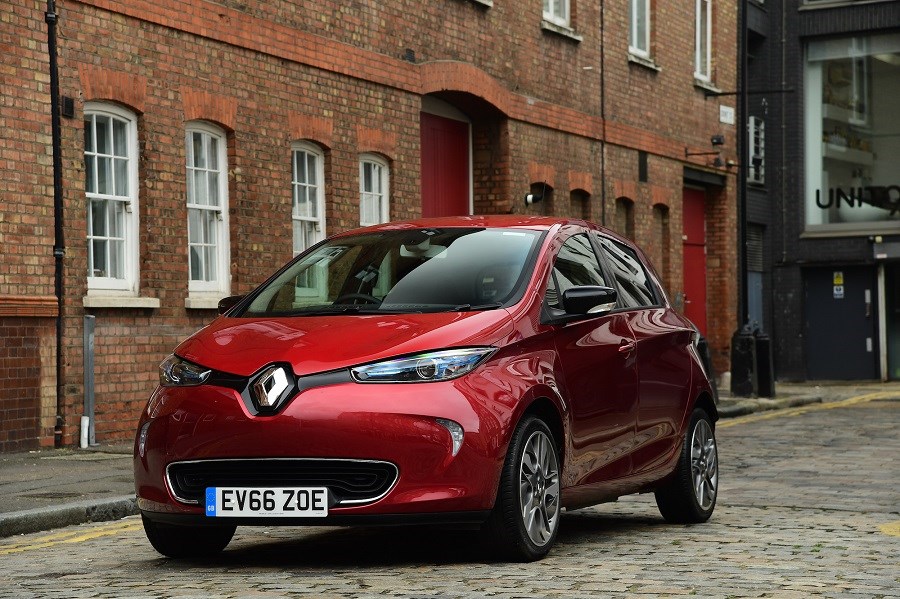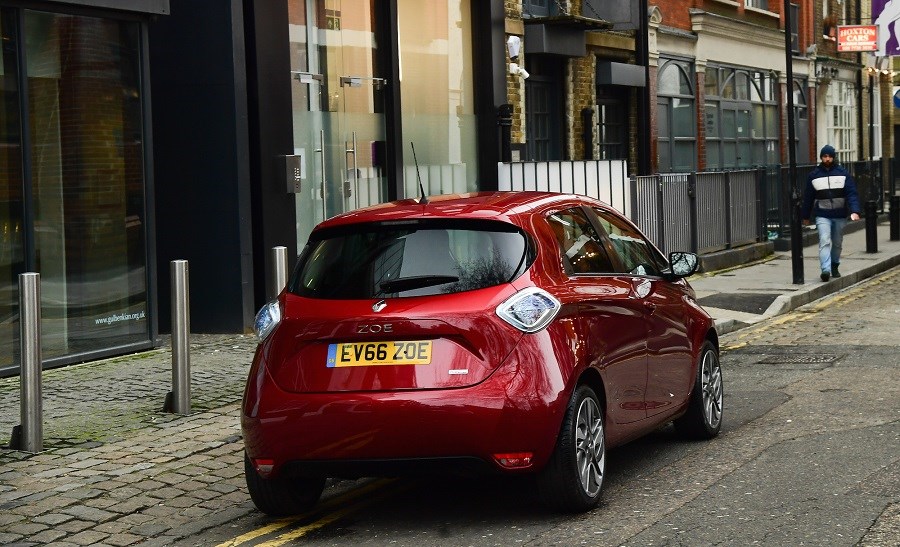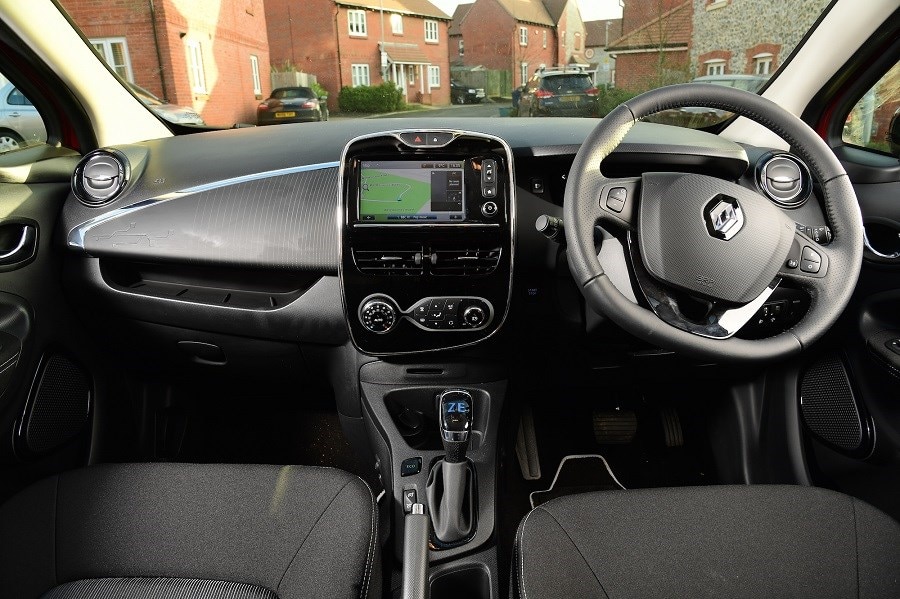Latest model
Despite not receiving any major styling changes since launch, Renault has tweaked the Zoe’s underpinnings for the better.
The first major change came in 2016, when Renault offered the Zoe with a new ZE40 battery. This allowed for a longer electric range without the need for compromise on interior or boot space. The new battery allows for an electric range of 250 miles, although a more realistic 186 miles is pointed to as an attainable real-world range. The update also saw the Zoe get improved connectivity through Android Auto capability and further app integration.
In 2018, the Zoe saw a boost in performance, as the electric motor was upgraded from the R90 unit to a more powerful R110, which delivers 108bhp.
In 2019, Renault streamlined the equipment grades to leave Dynamique Nav and a new ‘S Edition’ model, which comes with a Bose sound system and a reversing camera.
Value for money
The Renault Zoe has always had value on its side, although the latest car isn’t quite the bargain it once was. Prices start from £21,220, which doesn’t include the government’s electric car grant. However, at that price you still have to pay to lease the battery, which ranges from £49 per month for an annual mileage less than 4,500 miles up to £110 per month for unlimited miles. This can be a costly expense each month, even if it does include breakdown assistance. However, potential buyers now have the option to purchase the Zoe and its battery outright; but at £27,870, it seems like a costly way to go.
On the plus side, it comes with plenty of kit for the money, including a seven-inch touchscreen with satellite navigation as well as automatic lights, automatic wipers, and climate control.
The Zoe is a great value used model with some examples available for under £6,000, excluding battery costs. Nearly-new models are great value, too, with examples registered in the last 12 months available for less than £13,000. The more desirable R110 version starts from around £15,000 nearly-new, largely thanks to its extra performance.
Looks and image
The Zoe is a quirky-looking EV, and it can still be considered stylish several years on from its debut.
The wide front fascia and lack of imposing grille gives the Zoe an interesting charm, which is helped by a range of interesting alloy wheel designs and boomerang-shaped daytime running lights. Handles integrated into the glass of the doors can make the Zoe look like a three-door car from a distance, too.
However, we’ll let you make your own mind up about the looks, as from certain angles the design is just a bit awkward but of course, looks are subjective.
However, despite several refreshes, the Zoe’s interior is starting to feel a bit outdated, particularly when you compare it to the latest models from the French manufacturer.
A seven-inch touchscreen is offered as standard, which offers satellite navigation, Bluetooth,and DAB radio. It’s a user-friendly system with good functionality. The clutter-free layout is also an advantage, while a futuristic digital display replaces traditional dials. The quality is a bit questionable, with some cheap-feeling plastics used throughout the interior. However, it still feels sturdy enough overall.
If it’s your first venture into an electric car, the Zoe will amaze you in just how normal it feels, with one of very few differentiators being the sharp acceleration away from a stop thanks to the electric motor’s torque. It’s also comfortable to travel in, and—as with most EVs—offers a relaxed driving experience, rather than a spirited one.
The Zoe is a heavy car, though, carrying 400 extra kilos compared to the similarly-sized Clio. And in corners you can tell, as there is an abundance of body-roll. It also features some rather sluggish performance at higher speeds, but around town it’s ideal.


